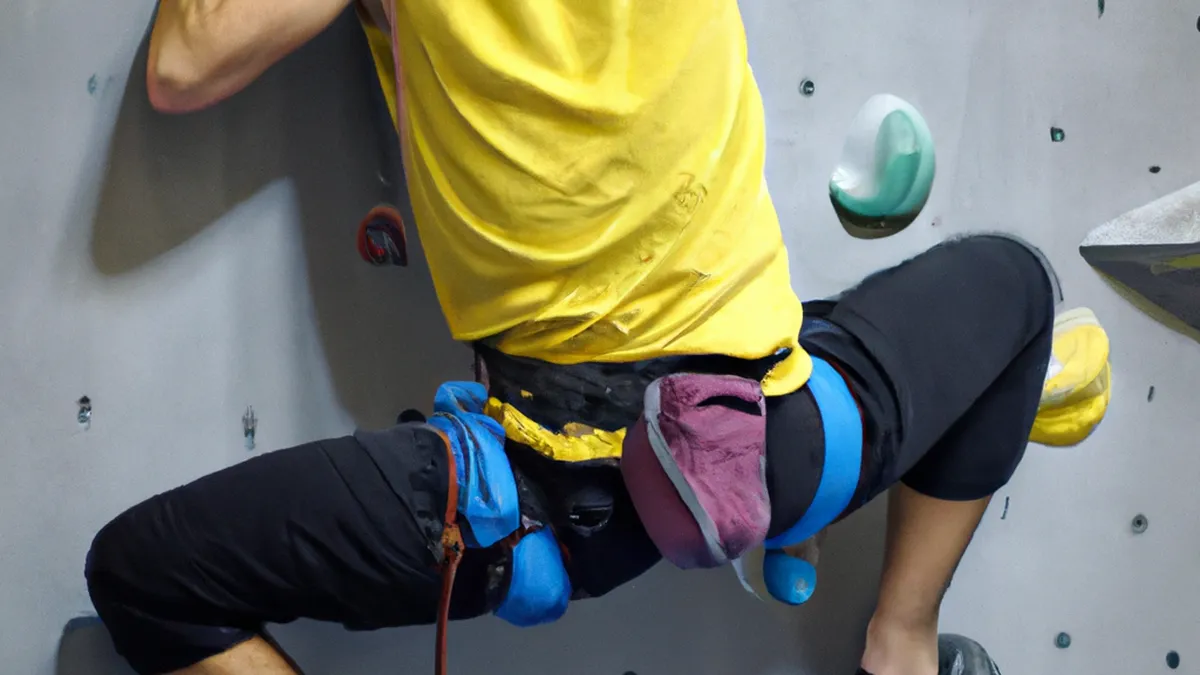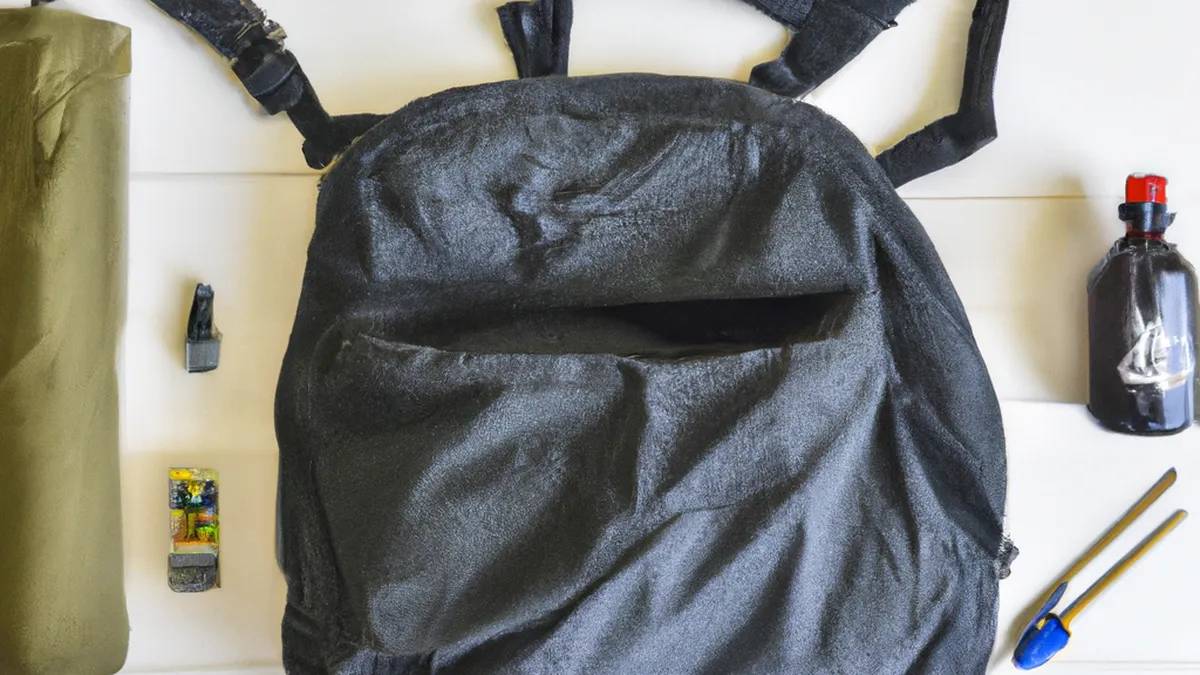Climber’s Guide to Performance Metrics (Climbing)
Assessing Climber Performance MetricsClimbing demands physical strength, mental focus, and strategic planning. Climbers, from beginners to advanced athletes, strive to enhance their skills. How can you measure your progress effectively? Assessing climber performance metrics provides insights into your abilities. This blog post explores key performance metrics, assessment tips, and the benefits of tracking your climbing performance.
Understanding Key Performance Metrics
Before assessing, identify the key metrics that matter in climbing. Climbers often focus on these performance indicators:
1. Grade Progression
Grade progression indicates the difficulty levels you can climb. Track the grades you successfully ascend to set achievable goals. For example, if you currently climb at V3 and aim for V5, understanding your progression helps create a focused training plan.
2. Project Completion Rate
This metric shows how many climbs you complete versus how many you attempt. A higher completion rate reflects effective problem-solving skills and persistence. Tracking this rate evaluates your approach to challenging climbs and your improvement in finishing projects.
3. Time Spent Climbing
Record the time spent on individual climbs and overall sessions. This data helps gauge your endurance, stamina, and training effectiveness. Knowing how long you can sustain efforts during climbs is vital for planning future sessions.
4. Rest and Recovery Time
Understanding your recovery time after climbs is crucial for maintaining peak performance. Tracking rest periods informs your training schedule and optimizes your climbing sessions.Each of these metrics provides insights into your climbing journey. Consistently tracking them is essential.
Tips for Effective Assessment
As an Amazon Associate I earn from qualifying purchases.
Gear tip: consider climbing shoes, chalk bag, and belay device to support this topic.
Assessing your performance can be simple. Here are tips to make your assessment effective:
Keep a Climbing Journal
Maintain a climbing journal to record details of each climb. Include grades, attempts, outcomes, and your physical and mental state. This habit helps you identify performance trends over time, providing clarity and motivation.
Use Technology
Many apps and devices can track performance metrics. Climbing-specific apps offer grade tracking, project management, and social networking with other climbers. Wearable devices, such as heart rate monitors or fitness trackers, also assist in monitoring your performance.
Conclusion
Tracking climber performance metrics helps you understand your strengths and weaknesses. Use this knowledge to enhance your climbing journey.
Below are related products based on this post:
FAQ
What are key performance metrics in climbing?
Key performance metrics in climbing include grade progression, project completion rate, time spent climbing, and rest and recovery time. These metrics help climbers understand their abilities and track their improvement over time.
How can I effectively assess my climbing performance?
To effectively assess your climbing performance, consider keeping a climbing journal to record details of each climb, including grades and attempts. Additionally, using technology such as climbing-specific apps and wearable devices can help track your metrics and provide valuable insights.
Why is tracking rest and recovery time important?
Tracking rest and recovery time is crucial for maintaining peak performance in climbing. It informs your training schedule and helps optimize your climbing sessions by ensuring you allow adequate recovery to enhance your endurance and stamina.















Post Comment